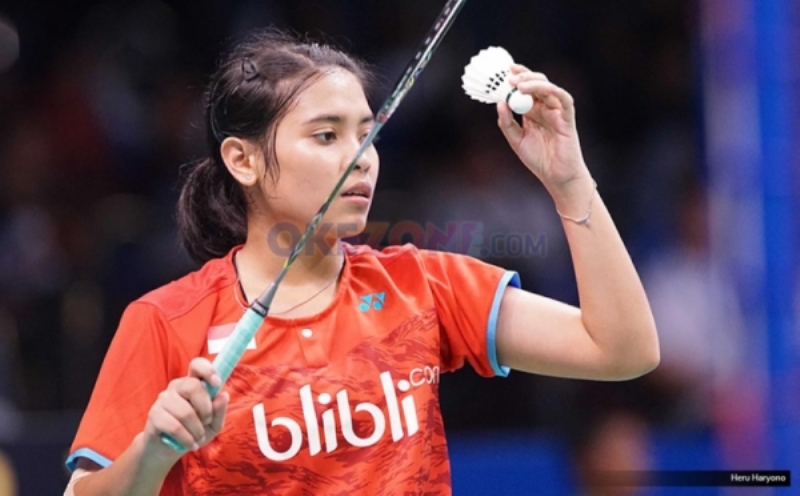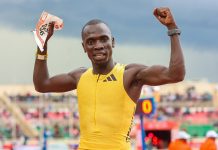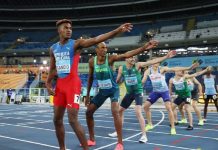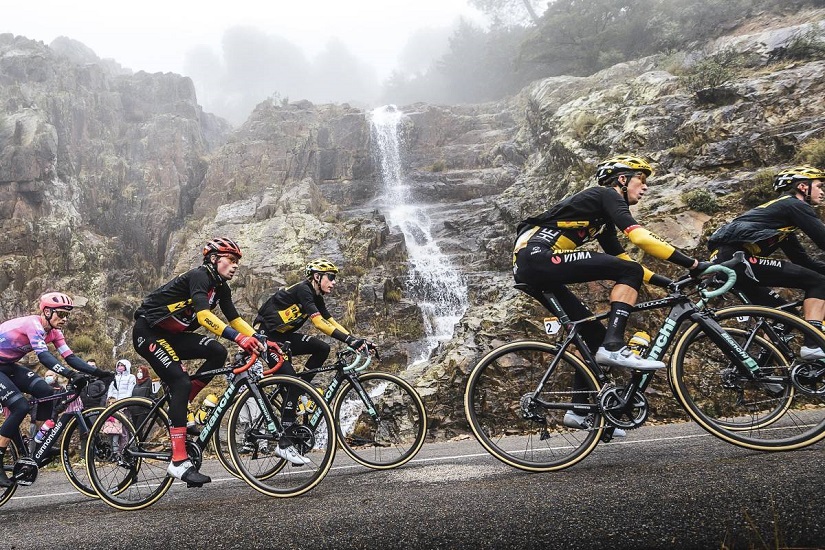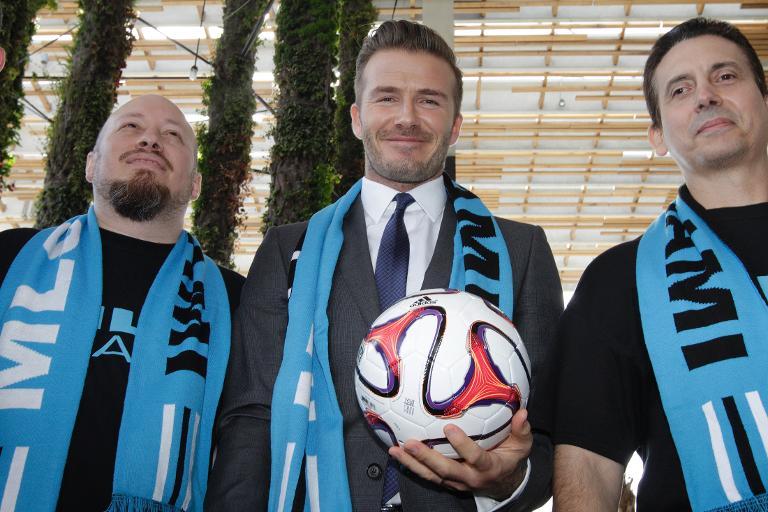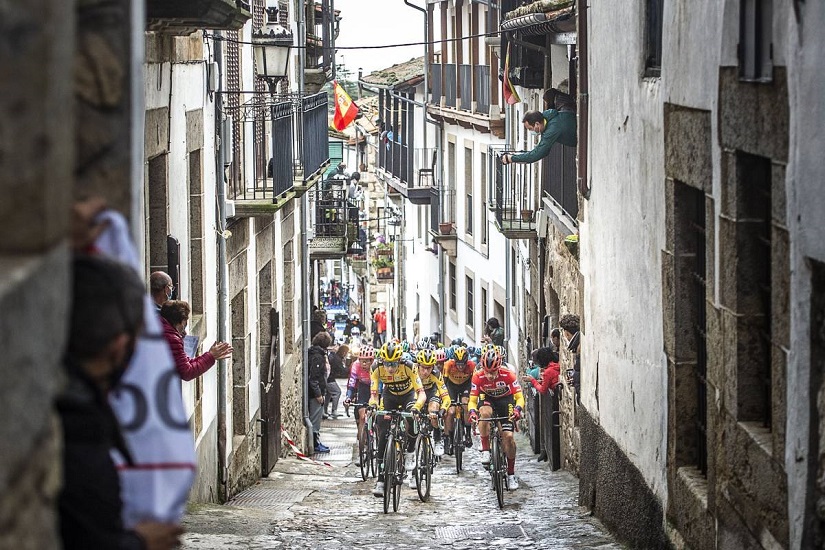 For the first time in the history of the Tour de France, which celebrated its 120th anniversary last month, the same two riders have occupied the top two places in the final general classification three years in a row.
For the first time in the history of the Tour de France, which celebrated its 120th anniversary last month, the same two riders have occupied the top two places in the final general classification three years in a row.
While it is fairly well documented that Tadej Pogacar made his Grand Tour debut on La Vuelta, third overall and three-time stage winner in 2019, at the age of 20, Jonas Vingegaard, who matured slightly later, followed the same trajectory. Not all cycling fans remember it, but he played a fundamental role in the final result of La Vuelta in 2020, a singular edition contested in autumn because of the Covid-19 pandemic.
The natural colours were superb, temperatures were cool and a new wave of the virus was around the corner… It was a salvation operation, both for the race itself and for La Roja (the red leader’s jersey) that Primoz Roglic, the defending champion, had to retain against a very combative Richard Carapaz.
Between Robert Gesink and Sepp Kuss, the Slovenian’s lieutenants, a newbie in the Jumbo-Visma line-up had appeared in the mountains, a smaller and unexpected rider: the Dane Jonas Vingegaard, then aged 23 and with just one pro victory to his name (a stage in the 2019 Tour of Poland).
On stage 12, for example, he can be seen dragging his leader on the way up to the Angliru, which the two men are due to climb again this year, on 13 September, four days before the finish in Madrid: 3.5km before the summit, Vingegaard pulled away, leaving Kuss to finish the job of limiting Roglic’s loss on Carapaz, which would allow him to recover La Roja for good the following day in the time-trial leading up to the mirador de Ezaro.

Vingegaard was so efficient at the service of Roglic on the 2020 La Vuelta, which he won by just 24 seconds, that the Slovenian suggested that he replace Tom Dumoulin in the line-up designed well in advance for the 2021 Tour de France, before the 2017 Giro winner put his career on hold. The outcome is well known: two crashes for Roglic promoted Vingegaard to captain Jumbo-Visma for the second place in Paris in 2021 and the win in 2022. The Dane made himself so convincing that the Dutch team opted to spread its forces over the three Grand Tours in 2023.
Roglic, three-time winner of La Vuelta (2019, 2020, 2021), is now also the winner of the Giro d’Italia. Only once since 1995, when the Spanish event became chronologically the third three-week long bike race, have the winner of the Giro and the winner of the Tour met at the start of La Vuelta at the end of August, but in 2008, Alberto Contador and Carlos Sastre were not team-mates. And they were both Spaniards.
The interest and even the love that Roglic and Vingegaard have for La Roja says a lot about the internationalisation of La Vuelta over the last fifteen years. They both claim that they will go to Barcelona to win as a team, with no pre-established hierarchy between them.
But here’s what Vingegaard said in a flash-interview in Salamanca on 6 November 2020, a few seconds before taking the start of stage 16, which would see his compatriot Magnus Cort win in Ciudad Rodrigo in a sprint ahead of Roglic: “I’m just trying to help Primoz as much as possible. I think I surprised the public, but also myself and the team here in Spain. I know I have a high level when I’m at my best but I didn’t think I was at my best yet.”
The future has shown that he was clever with regards to his own room for improvement and he returns to the Vuelta with a completely different status now. It had been considered with his staff at Jumbo-Visma since last winter, but he wanted to win his second Tour de France before confirming his participation. – www.lavuelta.es









